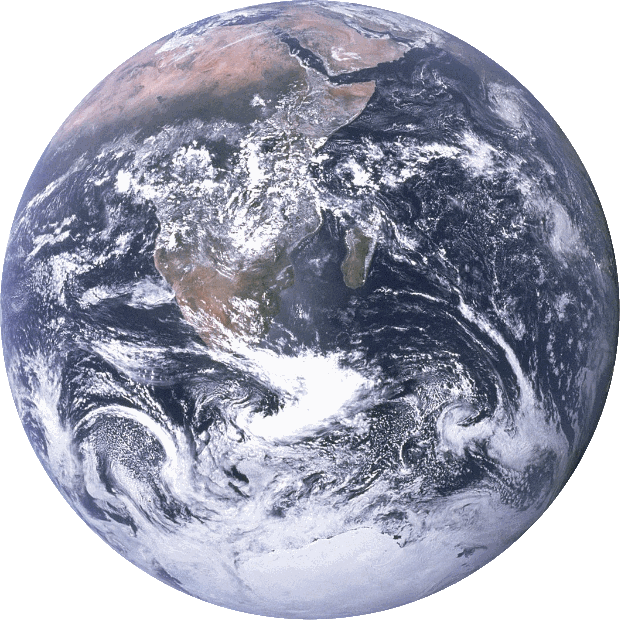DOI: 10.14466/CefasDataHub.172
UK Marine Strategy Descriptor 11 ship noise assessment data for 2018 to 2022
Description
Annual median broadband (63 Hz - 4 kHz) sound level data for UK waters for the years 2018-2022 inclusive. Data format is ASCII. These maps underpin the UK Marine Strategy 2024 assessment for Descriptor 11.2 (continuous anthropogenic sound). Images of these maps in PNG format are also provided for reference. A summary table is also included which describes percentages of assessment region areas exceeding sound levels above given decibels. Under the UK Marine Strategy, Good Environmental Status for Descriptor 11.2 is defined according to the “spatial distribution, temporal extent and levels of anthropogenic continuous low-frequency sound”. Since the spatial distribution of noise is required, noise mapping must be undertaken in order to assess the indicator. Although field monitoring of continuous sound in support of the Descriptor has been ongoing since 2018, such monitoring only provides data at point locations in the UK EEZ. To produce noise maps of continuous sound, it is necessary to couple this field monitoring at specific locations with spatial models of continuous sound levels. Such models are derived from data on sound sources (e.g. ship movements, wind speed) and the propagation of underwater sound in the environment (which depends on bathymetry, seabed composition, and water column properties).
The source levels of wind-generated noise were modelled based on Reeder et al. (2011) using wind speed data sourced from the European Centre for Medium-Range Weather Forecasts (ECMWF) ERA-Interim/ERA-5 global atmospheric reanalysis (ECMWF, 2021). Ship source levels were computed using the JOMOPANS-ECHO model (MacGillivray and de Jong, 2021) and satellite AIS data.
The sound propagation was modelled using the energy-flux method (Weston, 1971). Bathymetry data were extracted from EMODNET with 7.5” resolution, temperature and salinity data from the Copernicus Atlantic European North West Shelf Ocean Physics Analysis and Forecast product (0.016° x 0.016°, 33 depth levels, daily mean values) (Copernicus, 2019). Seabed acoustic properties were derived from the Hamilton model (Hamilton, 1987) using EMODNET seabed sediment data.
Contributors
Farcas, Adrian / Merchant, Nathan / Seddon, Rosalyn
Subject
Acoustic noise in the water column
Start Date
01/01/2018
End Date
31/12/2022
Year Published
2025
Version
1
Citation
Farcas, Merchant and Seddon. (2025). UK Marine Strategy Descriptor 11 ship noise assessment data for 2018 to 2022. Cefas, UK. V1. doi: https://doi.org/10.14466/CefasDataHub.172
Rights List
DOI
10.14466/CefasDataHub.172


